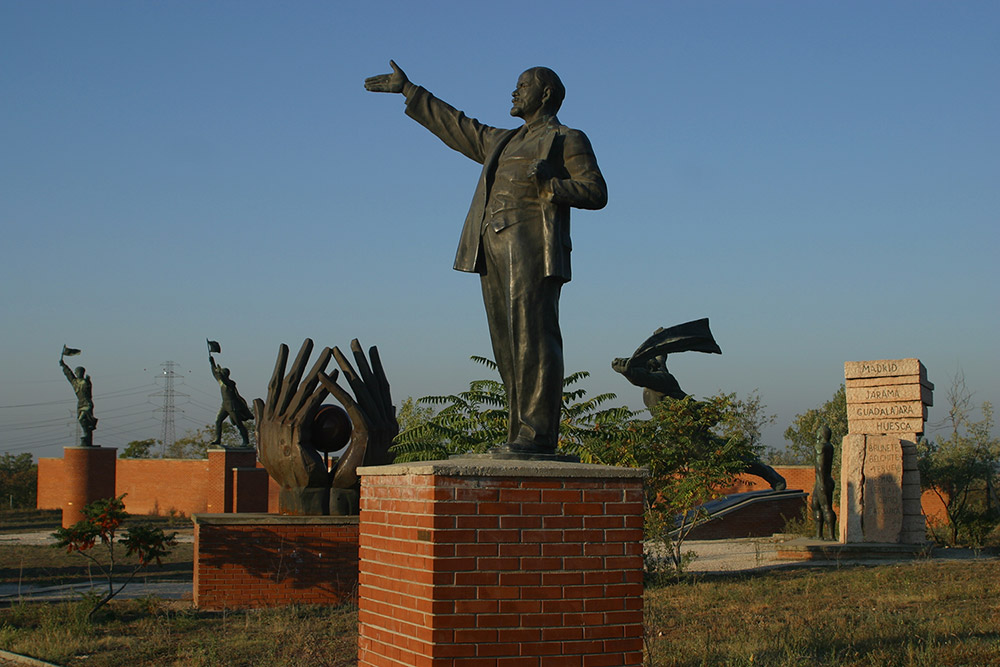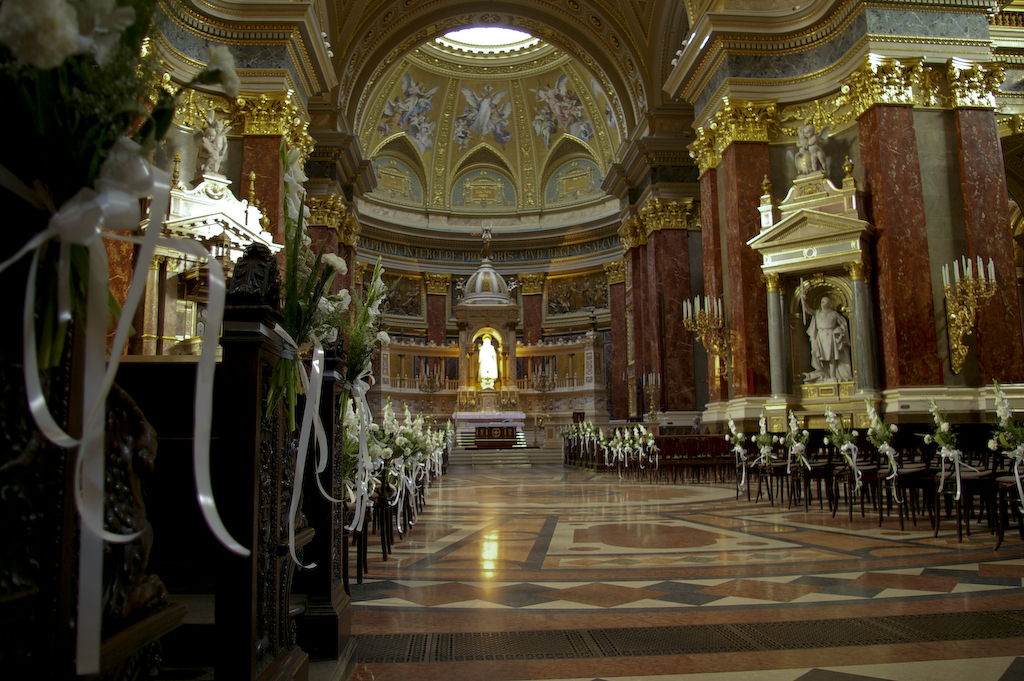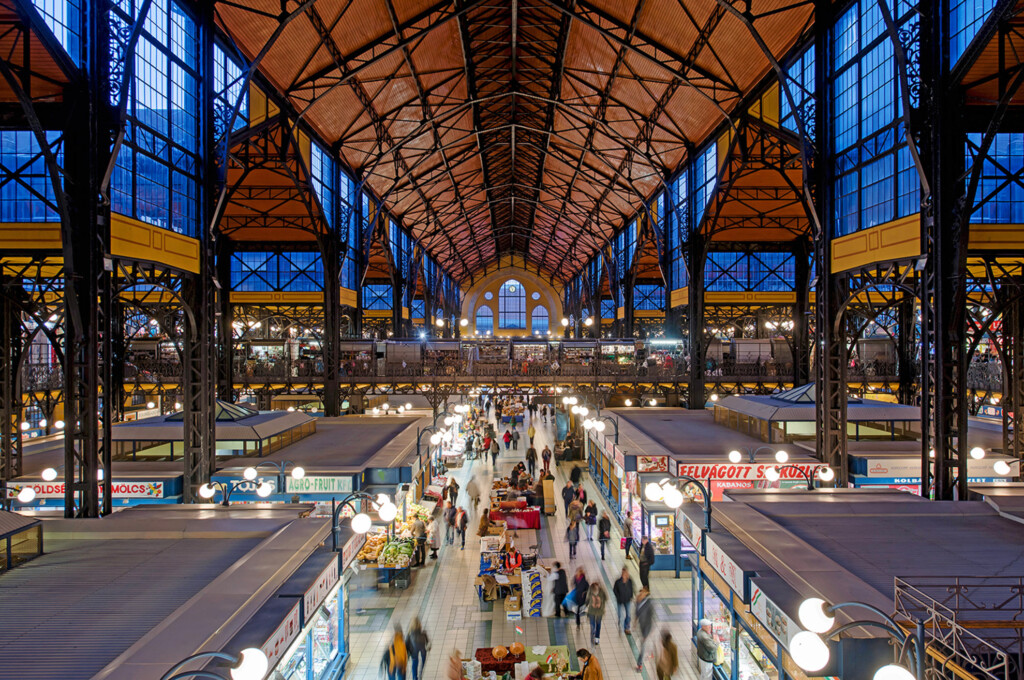Chain Bridge
- November 14, 2023
- Travel
The Széchenyi Chain Bridge is Budapest’s most famous landmark. It is named after the main facilitator of its construction, the great Hungarian... Read More

From gorgeous architecture to lesser-known curiosities and quirky museums, these are the finest sights in the Hungarian capital.
Budapest is a darling of a city, one of the most picturesque capitals in Europe and objectively one of its best nights out. Tourists, travellers, nomads and explorers alike have been wandering the streets of Buda and Pest for centuries, looking for excitement and experience in equal measure. The Hungarian capital doesn’t let the side down, and those serene thermal baths and spas are always on hand to provide a little rejuvenation.
The best attractions in Budapest are the greatest hits of sorts, showcasing the capital’s fascinating history, architectural majesty and fiery creative side. Looking for your Budapest bucket list? Look no further.

Crowning the capital atop Castle Hill, Buda Castle presents an architectural melting pot, with Renaissance ruins around the foundations, a grand Habsburg-era neoclassical façade, and a stark communist-style interior. The palace is divided into three museums: The Hungarian National Gallery, the Budapest History Museum and the National Széchényi Library. You could easily spend the whole day just mooching around these three. But make sure to bring a camera – the views over the river and cobbled courtyards are quite something.

Take a plunge in Budapest’s most famous thermal bath. The Széchenyi Baths are a visual feast with their canary-hued colonnades and steaming outdoor thermal pools. Make sure you go inside to explore the vast interior clad with ceramics, marble and mosaics. Budapest is known as the ‘City of Spas’ for its 120 geothermal springs – so don’t miss out.

Get out of the city centre and escape to the Buda Hills on this nostalgic 45-minute train ride through the forest. Why ‘children’s’? It’s not aimed at kids, necessarily – but run by them. This vintage railway is a remnant of a communist youth programme called ‘The Pioneers’, which encouraged children to develop a work ethic and learn about responsibility. These days, a staff of uniformed children still operate the narrow gauge railway, but sans propaganda. Fortunately, the drivers and engineers are grown-ups.

Memento Park may be on the city’s outskirts, but its graveyard-like array of communist statues is well worth the trek. Bronze statues of Lenin and Hungarian political figures from the Communist Party are dotted around the vast park alongside monumental pieces of street propaganda. Don’t miss the barracks next to the main gate where you can watch films from the secret service. And make sure to have a go on the time-travelling telephone booth just inside the entrance.

It’s hard to miss this neo-oriental building, topped as it is with two gold-dappled onion-dome turrets. Inside, the synagogue dazzles with its rare rose window, lavish gold leaf detailing and carved wood features. A poignant graveyard marks where some 2,000 Jews were killed during the Holocaust, alongside a weeping willow sculpture that bears the name of the victims on each of its leaves. Europe’s largest synagogue definitely merits a visit, but you can only go in with a guide.

This domed basilica is Budapest’s most photographed monument and its tallest building at 97 metres (tied with the Hungarian Parliament). Go inside for the spectacular frescoes and the mummified hand of Hungary’s canonised first king. Make sure you head to the viewing platform for 360-degree views over the city. For a truly magical experience, check out an organ concert.

Another Danube-side icon, the Hungarian Parliament dominates the Pest side of the river with its neo-gothic spires, gargoyles and a dome that peaks at 97 metres. Tour the building, see it from a boat or simply look over from Buda. If you take a guided tour, climb the golden staircase, and ogle the crown jewels that once belonged to Hungary’s first king (plus the rooms where the Hungarian government now meet).

Heroes’ Square bookends the north-eastern end of the elegant Andrássy Avenue. It feels more like a memorial than a square, thanks to the arcade filled with statues of Hungarian kings and leaders. In the centre, a column rises with the Angel Gabriel at the top; at the bottom, you’ll find the Tomb of the Unknown Soldier. Each side of Heroes’ Square is flanked by two neoclassical, temple-like buildings: The Museum of Fine Arts and the Kunsthalle.

If you’re feeling peckish, make this your first stop – and don’t get too distracted by the surroundings (save that for afterwards). This red-brick building, with its striking yellow and green tiled roof, is a big draw for architecture buffs. And the cavernous interior, accented with steel beams, is even more spectacular. But most importantly, the ground floor bursts with a cornucopia of fruit and veg, sausages, cheese and pickles. Game and fish counters populate the labyrinthine basement, while the first floor is split between folk art and embroidery and an effervescent food court.

The 2.75-kilometre-long Margaret Island stretches from Margaret Bridge in the south to Árpád Bridge in the north. Apart from the local bus, most of the island is traffic-free, and it’s a refreshing, leafy hangout for Budapestians and visitors alike. Visit the ruins of a medieval convent, climb an art nouveau water tower, kick back in the Japanese or rose garden, or picnic by the musical fountain. The island also boasts an open-air art deco thermal bath, the Palatinus.

This underground hospital saw action in the Second World War and the 1956 Revolution before it became a nuclear bunker. For decades it was top secret and only became declassified in the early 2000s. Today it offers a fascinating insight into frontline medicine in Hungary, with guided tours through the hospital, now enhanced with creepy waxwork figures. The bunker’s decontamination chambers are brilliantly eerie, too.

Szimpla Kert is the original and most famous ruin bar in Budapest. Step inside this crumbling building, and you’ll feel you’ve entered a surreal, fairy-light-wrapped wonderland with graffiti-daubed walls and mismatched furniture likely brought in off the street. Original art and sculptures adorn the walls, and the complex is vast (it takes up an entire gutted apartment block). On Sunday mornings, it turns into a farmers’ market with a charity cook-off and live music.
Latest Comments